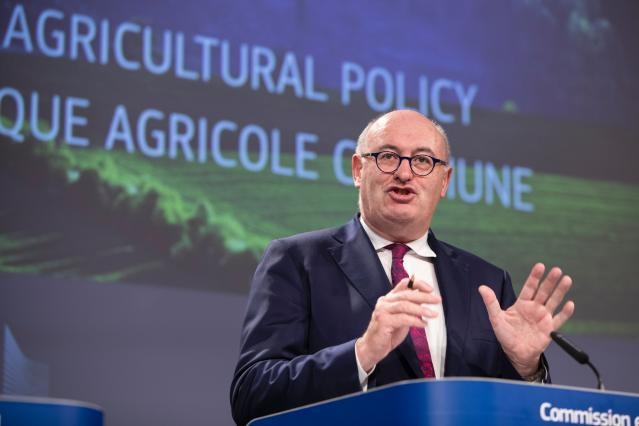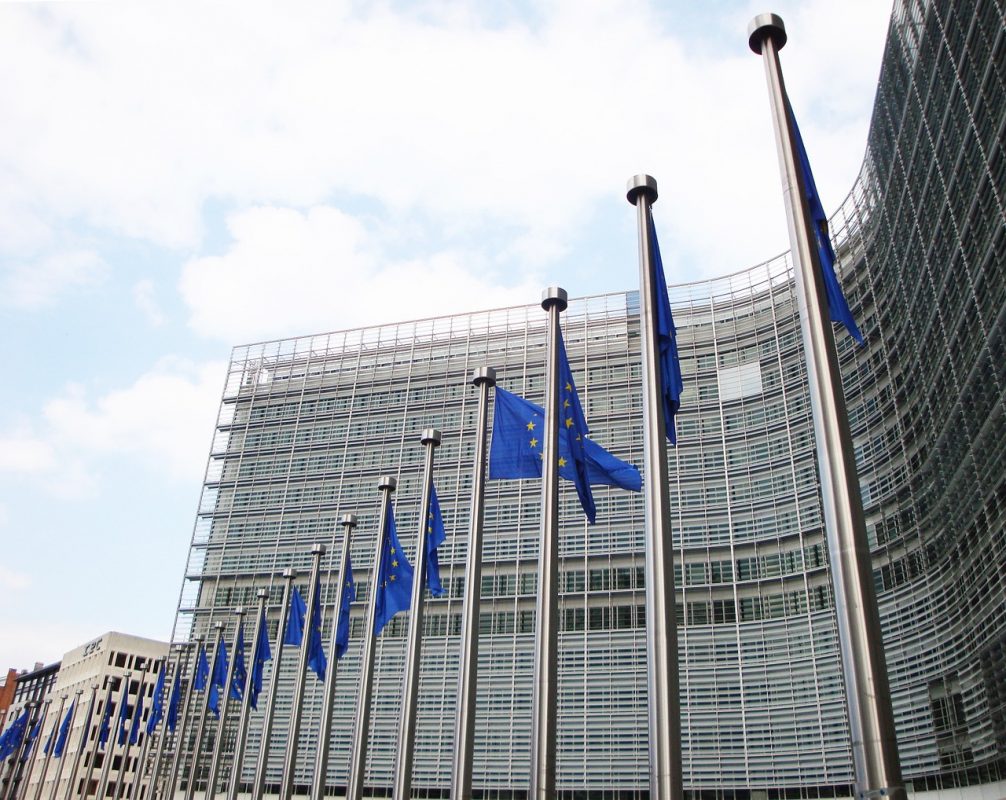EU’s Hydrogen Strategy risks becoming a “gift” to the fossil fuel industry

9 July 2020
The newly announced EU Hydrogen Strategy could become “yet another gift to the fossil fuel industry”, the European Environmental Bureau (EEB) warns.
The European Commission published the document yesterday and said it would, in tandem with energy system integration, “pave the way towards a more efficient and interconnected energy sector, driven by the twin goals of a cleaner planet and a stronger economy”.
However, the EEB and other regional environmental groups have stressed their concerns about the strategy’s potential of locking in additional fossil fuel emissions.
Hydrogen economy as a “growth engine”
The strategy aims to see ten million tonnes of renewable hydrogen in the EU by the end of the decade. In the lead-up afterwards to 2050, the Commission aspires to deploy renewable hydrogen technologies at large scale across “all hard-to-decarbonise sectors”, which include the steel, cement, aviation and shipping industries.
The European Clean Hydrogen Alliance, announced as part of the strategy, will be made up of industry and civil society representatives, national and regional ministers, and the European Investment Bank (EIB). The alliance, according to the Commission, will work towards establishing an “investment pipeline” for the scaled up production of hydrogen energy.
Executive Vice-President for the Green Deal Frans Timmermans said the strategy would put the bloc on a firm path to decarbonising by 2050, and that a “hydrogen economy can be a growth engine” in the wake of the COVID-19 economic fallout.
Hydrogen energy will be a key component of the necessary “paradigm shift” in the energy sector, “as falling renewable energy prices and continuous innovation make it a viable solution for a climate-neutral economy”, according to Energy Commissioner Kadri Simson.
“A double-edged sword”
The strategy however, according to the EEB, would allow for fresh investments to boost the production of hydrogen made from fossil fuels.
“Most worryingly, the Commission estimates that fossil gas will still account for 15 per cent of Europe’s energy mix in 2050 – the year the EU is meant to go climate neutral,” the body said in response to the strategy.
While welcoming the focus on renewable hydrogen, the EEB warned that the Commission could be pursuing a policy that would function as a “double-edged sword”.
Any investments in fossil-based hydrogen runs the risk of making “truly clean and fossil-free hydrogen uncompetitive for the EU market and creating stranded assets,” EEB senior policy officer Barbara Mariani stressed.
EU Gas Policy Coordinator at CAN Europe Esther Bolldendorff echoed Ms. Mariani’s concerns, finding that the strategy “keeps the door open for the use of dirty fossil fuels” and crucially fails to provide a fossil gas phase-out date.
“We need to reduce our emissions by at least 65 per cent by 2030 already and we don’t see how prolonged fossil gas use or ‘cleaning the gas sector’ as stated by Commissioner Simson can be compatible with limited temperature rise to 1.5 C,” Ms Bolldendorff said.
Clean energy campaigner at Friends of the Earth Europe Tara Connelly reiterated the idea that the strategy “leaves a door open” to fossil hydrogen and also said it would be “gifting industry influence through a new Alliance”.
“The Commission is handing a new lifeline to the failing fossil fuel industry,” Ms. Connelly said.
[x_author title=”About the Author”]







